The Green Roof Market is currently characterized by a dynamic competitive landscape, driven by increasing urbanization, environmental sustainability initiatives, and the growing recognition of the benefits of green infrastructure. Key players such as Green Roof Technology (US), Sempergreen (NL), and ZinCo (DE) are strategically positioned to leverage these trends. Green Roof Technology (US) focuses on innovation in modular green roof systems, enhancing ease of installation and maintenance, while Sempergreen (NL) emphasizes sustainable practices and biodiversity in its offerings. ZinCo (DE) has carved a niche in providing extensive green roof solutions, showcasing a commitment to research and development that aligns with evolving market demands. Collectively, these strategies contribute to a moderately fragmented market structure, where competition is not solely based on price but increasingly on technological advancements and sustainability practices.
In terms of business tactics, companies are localizing manufacturing to reduce costs and enhance supply chain efficiency. This approach appears to be a response to the growing demand for customized solutions that cater to regional climates and regulations. The competitive structure of the Green Roof Market is moderately fragmented, with several players vying for market share. However, the influence of major companies is significant, as they set benchmarks for quality and innovation that smaller firms often strive to meet.
In August 2025, Green Roof Technology (US) announced a partnership with a leading urban development firm to integrate green roofs into new residential projects. This collaboration is strategically important as it not only expands their market reach but also aligns with the increasing demand for sustainable living spaces. By embedding green roofs into urban planning, the company positions itself as a leader in the sustainable architecture movement, potentially influencing future developments in the sector.
In July 2025, Sempergreen (NL) launched a new line of biodiverse green roof systems designed to support local wildlife. This initiative reflects a growing trend towards ecological responsibility and could enhance the company’s reputation as a pioneer in sustainable practices. By focusing on biodiversity, Sempergreen not only meets regulatory requirements but also appeals to environmentally conscious consumers, thereby strengthening its market position.
In September 2025, ZinCo (DE) unveiled an innovative drainage system that enhances the performance of green roofs in heavy rainfall conditions. This technological advancement is crucial as it addresses a common challenge faced by green roof installations, thereby improving their reliability and longevity. Such innovations are likely to set ZinCo apart from competitors, reinforcing its commitment to quality and performance in the green roof sector.
As of October 2025, the Green Roof Market is witnessing trends that emphasize digitalization, sustainability, and the integration of artificial intelligence in design and maintenance processes. Strategic alliances among companies are increasingly shaping the competitive landscape, fostering innovation and collaboration. Looking ahead, it appears that competitive differentiation will evolve from traditional price-based strategies to a focus on technological innovation, sustainability, and supply chain reliability, reflecting the broader shifts in consumer preferences and regulatory landscapes.


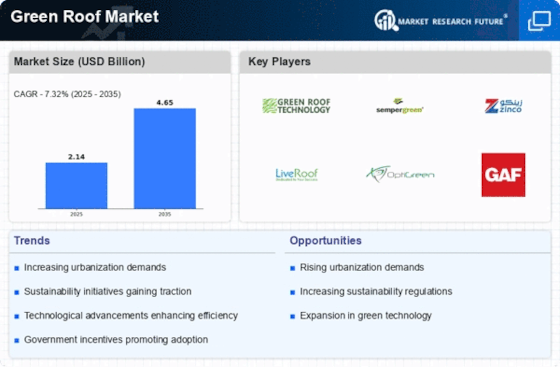
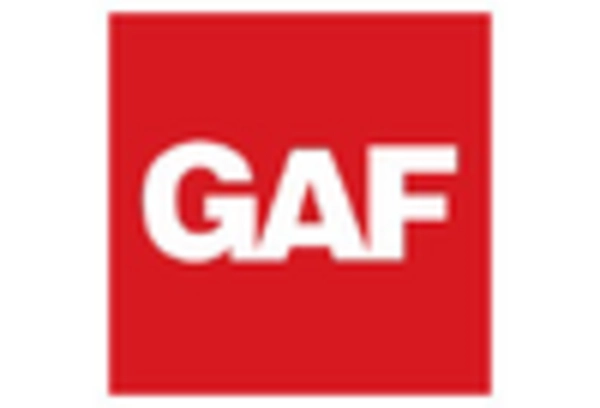
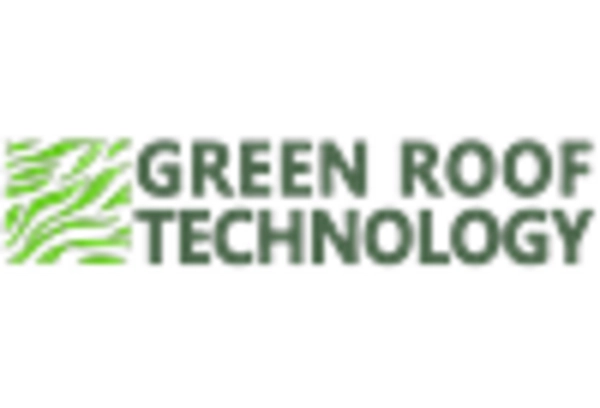


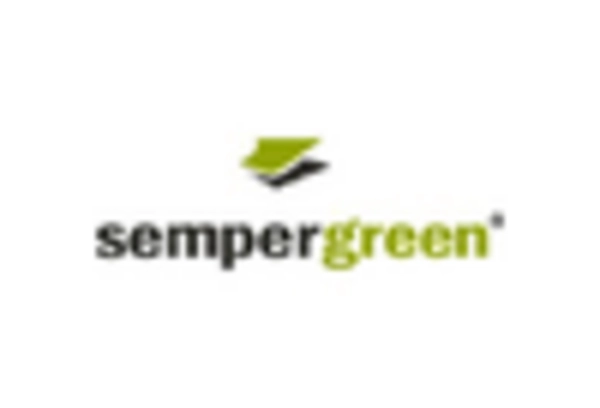
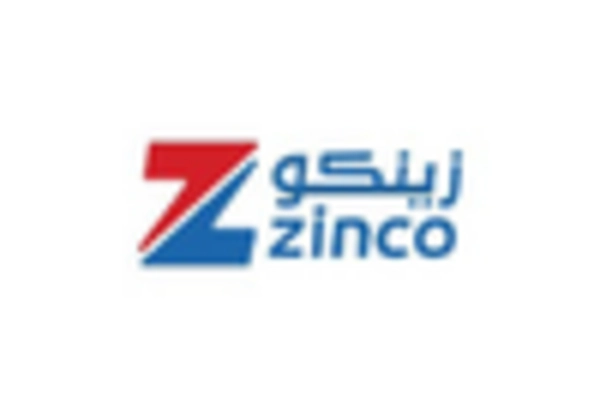








Leave a Comment